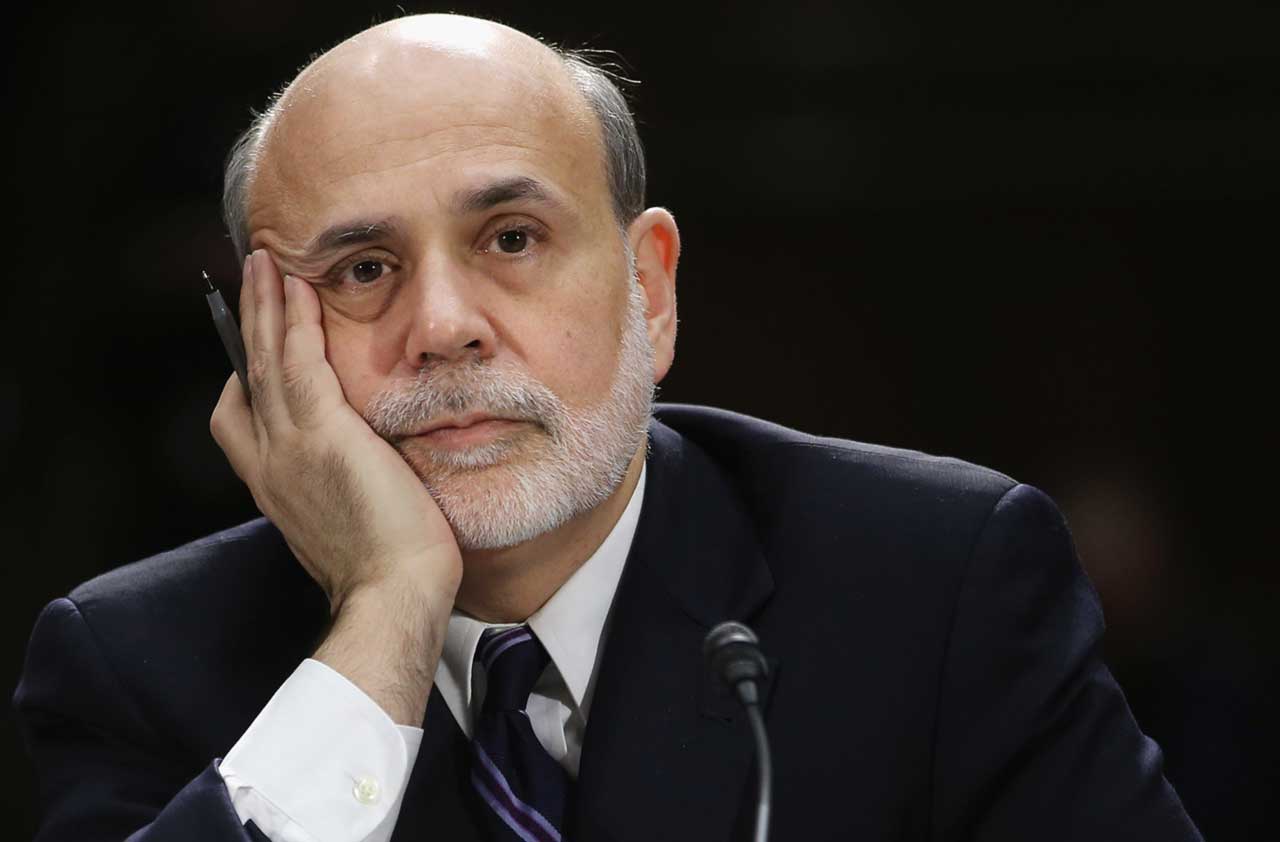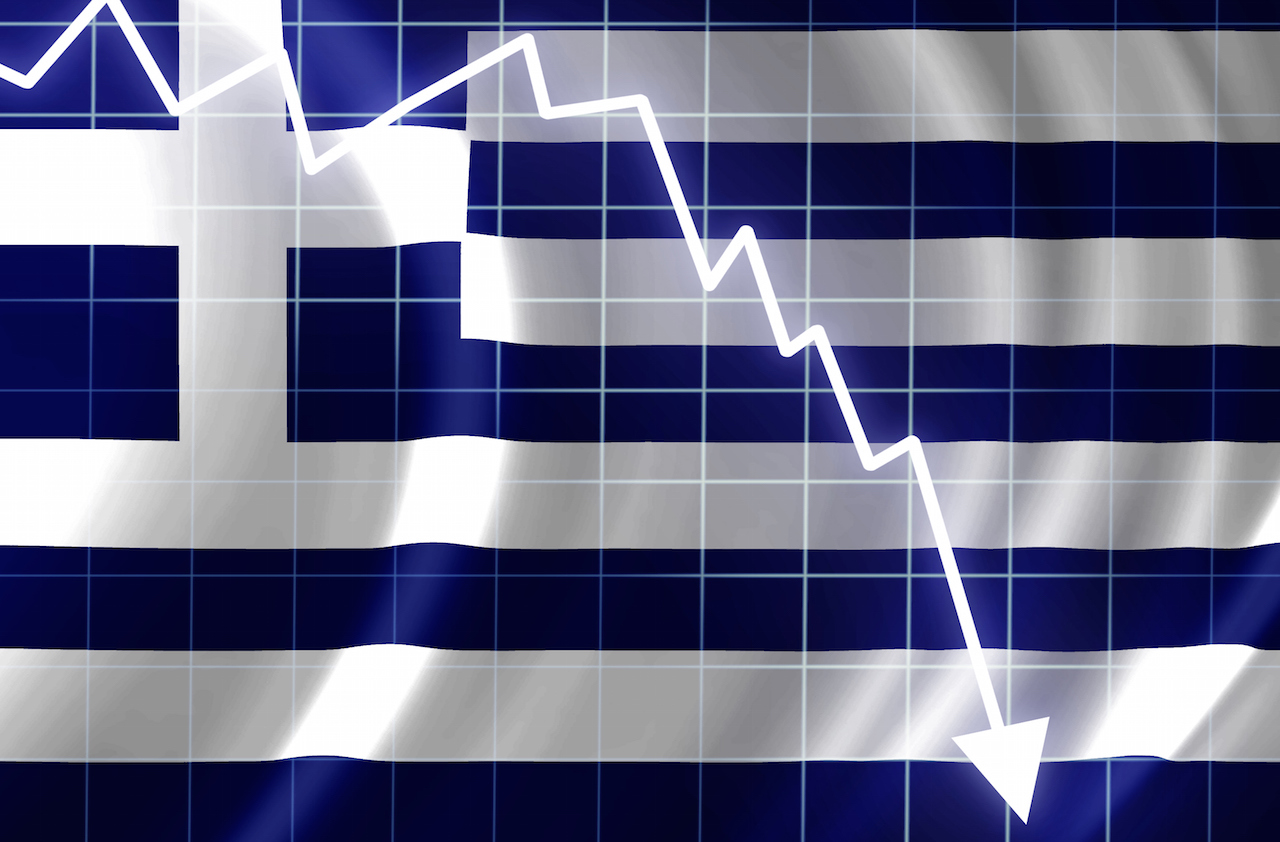The Case for Dow 17,000
If we can avoid heading over the fiscal cliff, stocks will continue their strong rally.

Last February, when the Dow Jones industrial average stood at about 12,700, I predicted that based on historical precedent it was extremely likely the average would reach 15,000 by the end of 2013. And I said there was a good chance it would hit 17,000, a whopping 34% gain. My prediction was cited by Gene Epstein, the economics editor of Barron’s, in a cover story entitled “Enter the Bull” on February 13.
My Wharton colleagues were aghast. Didn’t I know, they warned, that predicting the market in the short run is a crapshoot that almost guarantees I’ll end up with egg on my face? They told me I should stick to the long-run data that form the basis of my book Stocks for the Long Run.
I’m certainly aware that trying to predict the stock market year by year is risky business. Yet despite the slowing economy, the approaching “fiscal cliff” and the continuing problems in Europe, I still feel good about my prediction. That’s because it’s based not only on an analysis of past market cycles but also on the market’s current valuation.

Sign up for Kiplinger’s Free E-Newsletters
Profit and prosper with the best of expert advice on investing, taxes, retirement, personal finance and more - straight to your e-mail.
Profit and prosper with the best of expert advice - straight to your e-mail.
Watch the Basics
An examination of historical stock market data reveals that extended periods of market weakness are followed by market strength. Specifically, when stock returns for the preceding five years fall in the bottom 25% of all five-year returns, as did the returns from 2007 through 2011, the annualized return on stocks in the following two-year period is 20%—more than double the market’s long-term return of 9.9% annualized. Moreover, the market achieves annual gains of 10% or more about 70% of the time.
Past patterns, analyzed in isolation, can be misleading. But there is a good explanation for why periods of high returns are followed by periods of low returns and vice versa. When stocks move in one direction for a long enough period, they invariably end up either overvalued or undervalued based on key measures such as earnings, dividends and book value (assets minus liabilities). And when those fundamentals reassert themselves, the market can move rapidly in the opposite direction.
Since 1935, the average price-earnings ratio of Standard & Poor’s 500-stock index (based on reported profits over the previous four quarters) has been 16.9. When the P/E is well above this average, stocks are at risk. Opportunities for investors are best when the ratio is considerably below this average. The great bull market of the 1990s pushed the S&P 500 to a record valuation of 34 times earnings, so it shouldn’t be surprising that performance over the following decade was poor.
But the 2007–09 bear market pushed the market to an extreme undervaluation. And even though stocks have more than doubled since March 2009, they remain cheap based on historical averages. Earnings estimates have been cut and stock prices are high, but the S&P index is still selling at only 16.5 times trailing earnings and just 14.6 times projected earnings for 2013.
Moreover, when ten-year Treasury bond yields are less than 6.7%, the average of the past 50 years, the market’s average P/E has been a much higher 23.6. So not only are stocks cheap on an absolute basis, they are also cheap relative to fixed-income investments.
In the February article, I stated that I would not be surprised to see the market up 20% or more this year, even if earnings growth slowed. As of October 4, U.S. stocks had returned 18.2% in 2012. But the market may be vulnerable over the rest of the year because of the looming fiscal cliff.
If Congress extends current tax rates for six months or longer and enacts comprehensive tax reform next year, stocks will rally strongly from today’s level. And if the next President and Congress make progress toward addressing some of our long-term fiscal problems—which I believe is a real possibility—then my Dow 17,000 projection may turn out to be too timid.
Columnist Jeremy J. Siegel is a professor at the University of Pennsylvania’s Wharton School and the author of Stocks for the Long Run and The Future for Investors.
Kiplinger's Investing for Income will help you maximize your cash yield under any economic conditions. Subscribe now!
Get Kiplinger Today newsletter — free
Profit and prosper with the best of Kiplinger's advice on investing, taxes, retirement, personal finance and much more. Delivered daily. Enter your email in the box and click Sign Me Up.

-
 Energy-Efficiency Credits — Get ’Em While You Can
Energy-Efficiency Credits — Get ’Em While You CanGreen energy-efficiency credits are on the chopping block. These tax credits can be valuable, but you should upgrade your home sooner rather than later.
-
 Retire in Japan: It Ain’t Easy, Unless You’re Very Special
Retire in Japan: It Ain’t Easy, Unless You’re Very SpecialPeople find relocating to Japan worth the effort, as long as you can jump through those administrative hoops and be open to a flexible view of “retirement.”
-
 A Preview of the Fed Under Trump
A Preview of the Fed Under TrumpEconomic Forecasts John Taylor, a former Treasury official in the Bush administration, is a top candidate to replace Fed chair Janet Yellen.
-
 Investors, Don't Fear Higher Rates
Investors, Don't Fear Higher Ratesinvesting Although interest rates will rise modestly in coming months, that should not derail the bull market.
-
 Why Investors Shouldn't Be Afraid of Inflation
Why Investors Shouldn't Be Afraid of InflationEconomic Forecasts An inflation rate of 2% to 3% is good for stocks because it gives companies the power to raise prices, which helps boost profits.
-
 A Positive Outlook for U.S. Interest Rates
A Positive Outlook for U.S. Interest RatesEconomic Forecasts Instead of the threat of deflation from weak growth and falling prices, the U.S. is facing the opposite: accelerating inflation.
-
 Can the Fed Save the Stock Market?
Can the Fed Save the Stock Market?Markets In retrospect, it was ill-timed for the Federal Reserve to start hiking short-term interest rates. But that can easily be fixed.
-
 Bernanke's Ultimate Legacy
Bernanke's Ultimate Legacyinvesting The former Fed chairman's decisions in 2008 were an act of courage that averted an economic collapse far worse than we experienced.
-
 Worries About China’s Economy Are Overblown
Worries About China’s Economy Are OverblownEconomic Forecasts Among the consequences of China's slowdown: lower commodity prices, which actually benefit the U.S.
-
 Surviving the Greek Financial Crisis
Surviving the Greek Financial CrisisEconomic Forecasts Despite the recent friction, I believe the eurozone is stronger after putting down the Greek rebellion.